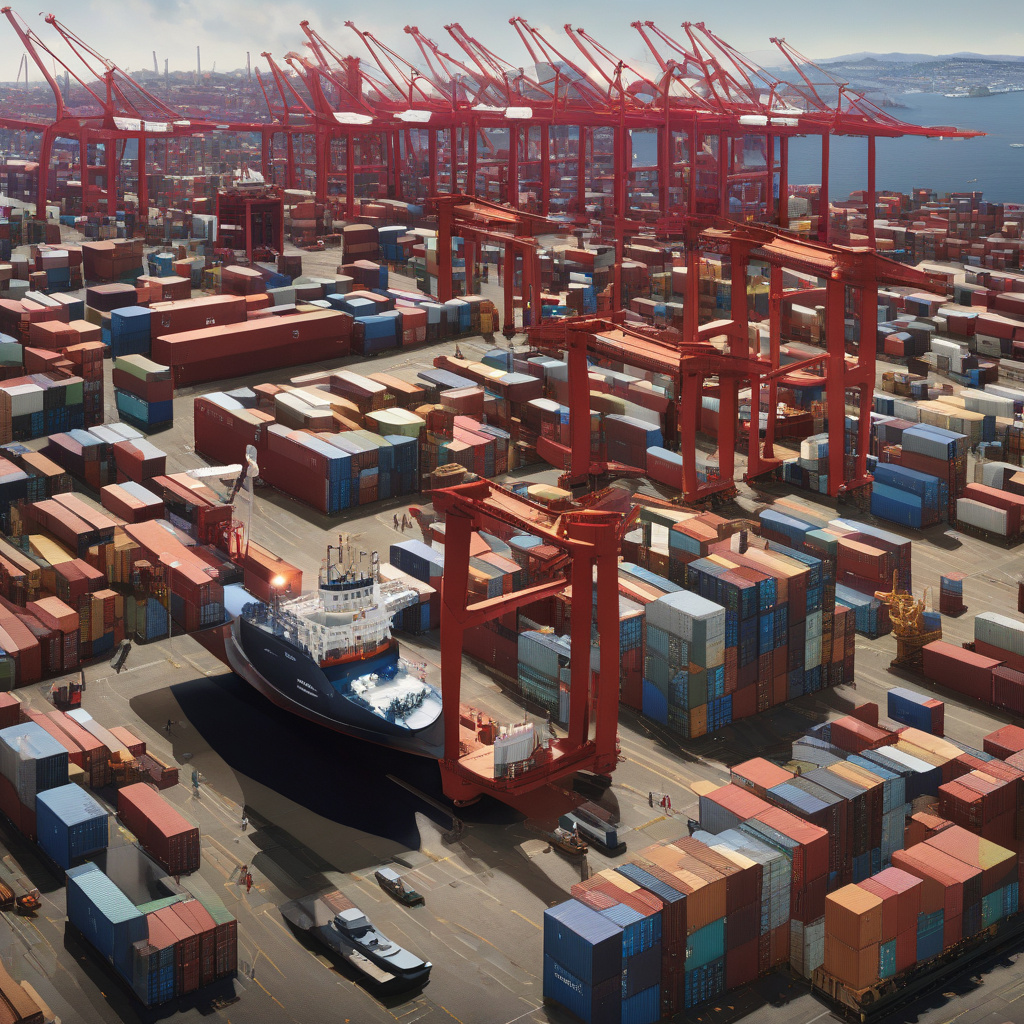With the rise of containerization in software development, teams are reaping the benefits of increased efficiency and scalability. However, this progress comes with its own set of challenges, often referred to as the “container tax.” This tax represents the additional complexity and overhead that can accumulate as more containers are deployed and managed within a system.
One way to address this container tax and streamline development processes is by embracing lean principles. Lean development focuses on maximizing value while minimizing waste. When applied to containerized environments, this approach can help teams optimize their workflows and achieve greater efficiency.
One key aspect of lean development in the context of containers is the concept of container orchestration. Tools like Kubernetes have become instrumental in managing containerized applications at scale. By automating tasks such as deployment, scaling, and monitoring, Kubernetes helps teams reduce manual intervention and enhance overall productivity.
Another important consideration is the optimization of container images. Keeping images lean and efficient can have a significant impact on resource utilization and deployment speed. By removing unnecessary dependencies, minimizing image layers, and following best practices for image creation, developers can reduce the container tax and improve performance.
Furthermore, implementing continuous integration and continuous deployment (CI/CD) pipelines can streamline the process of building, testing, and deploying containerized applications. By automating these steps and integrating them into existing workflows, teams can accelerate development cycles and deliver software more reliably.
Additionally, monitoring and analyzing container performance is crucial for identifying bottlenecks and optimizing resource utilization. Tools like Prometheus and Grafana provide valuable insights into container metrics, allowing teams to make data-driven decisions and fine-tune their applications for optimal efficiency.
In conclusion, while the container tax presents challenges for modern development teams, adopting lean principles can help mitigate its impact. By leveraging container orchestration tools, optimizing container images, implementing CI/CD pipelines, and monitoring performance, organizations can streamline their development processes and achieve greater agility in a containerized environment. Embracing leaner development practices is essential for staying competitive in today’s fast-paced tech landscape.

